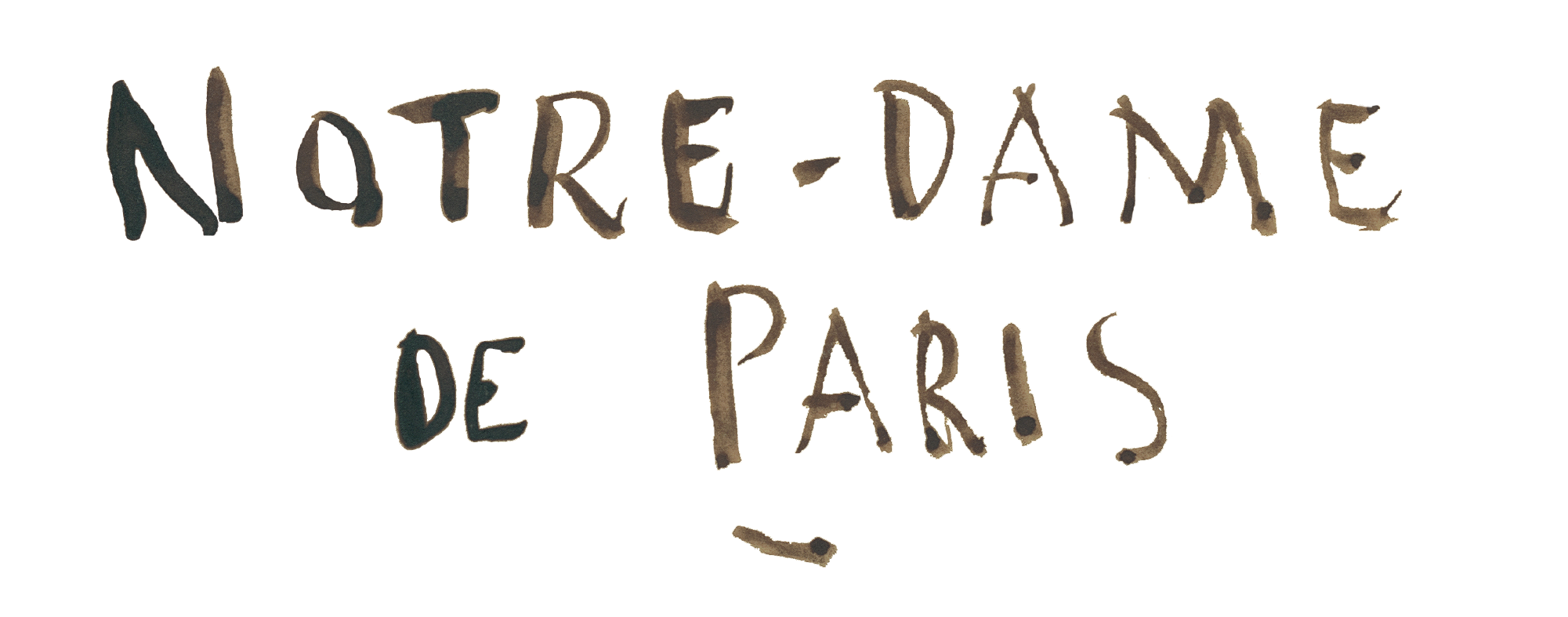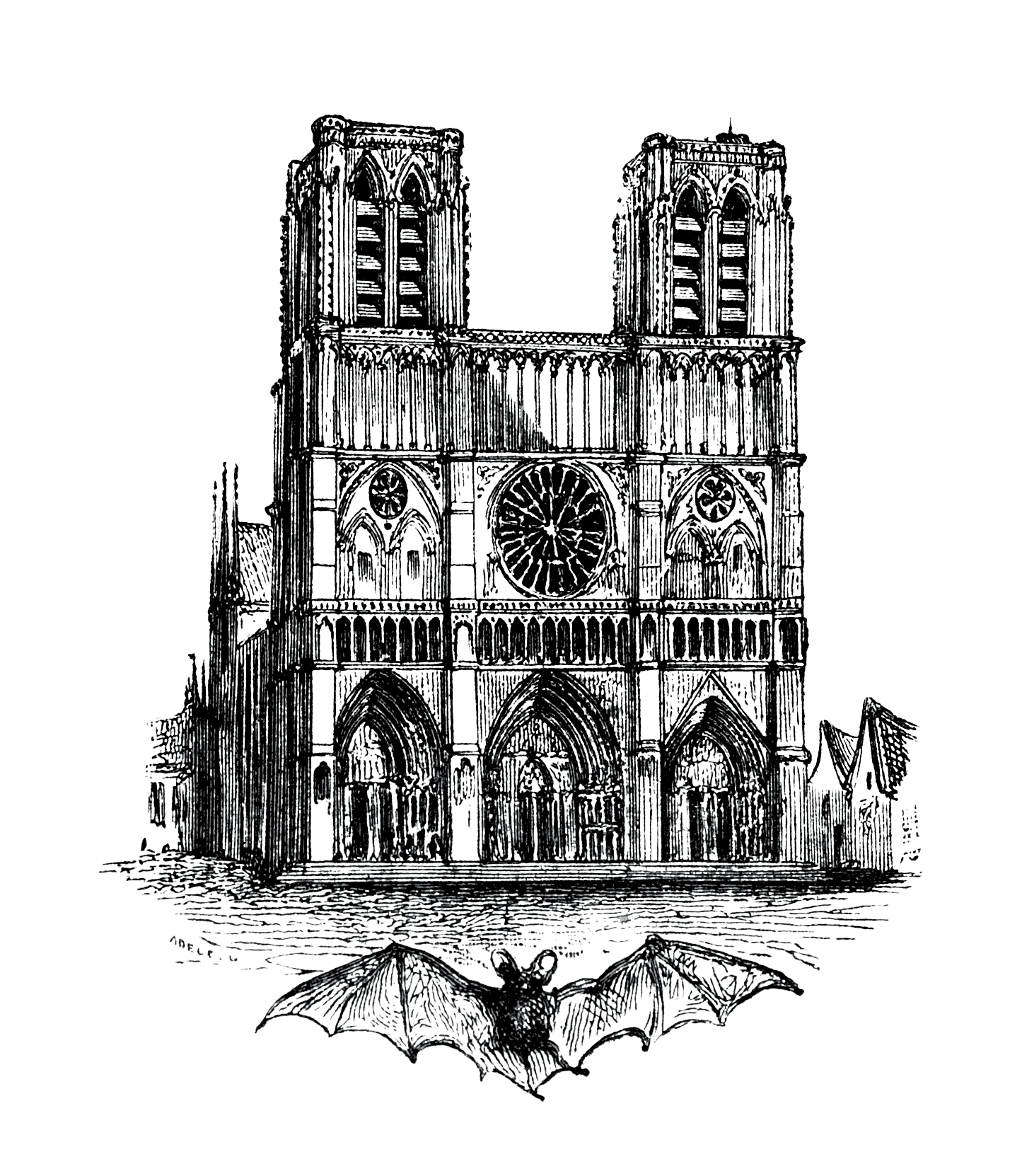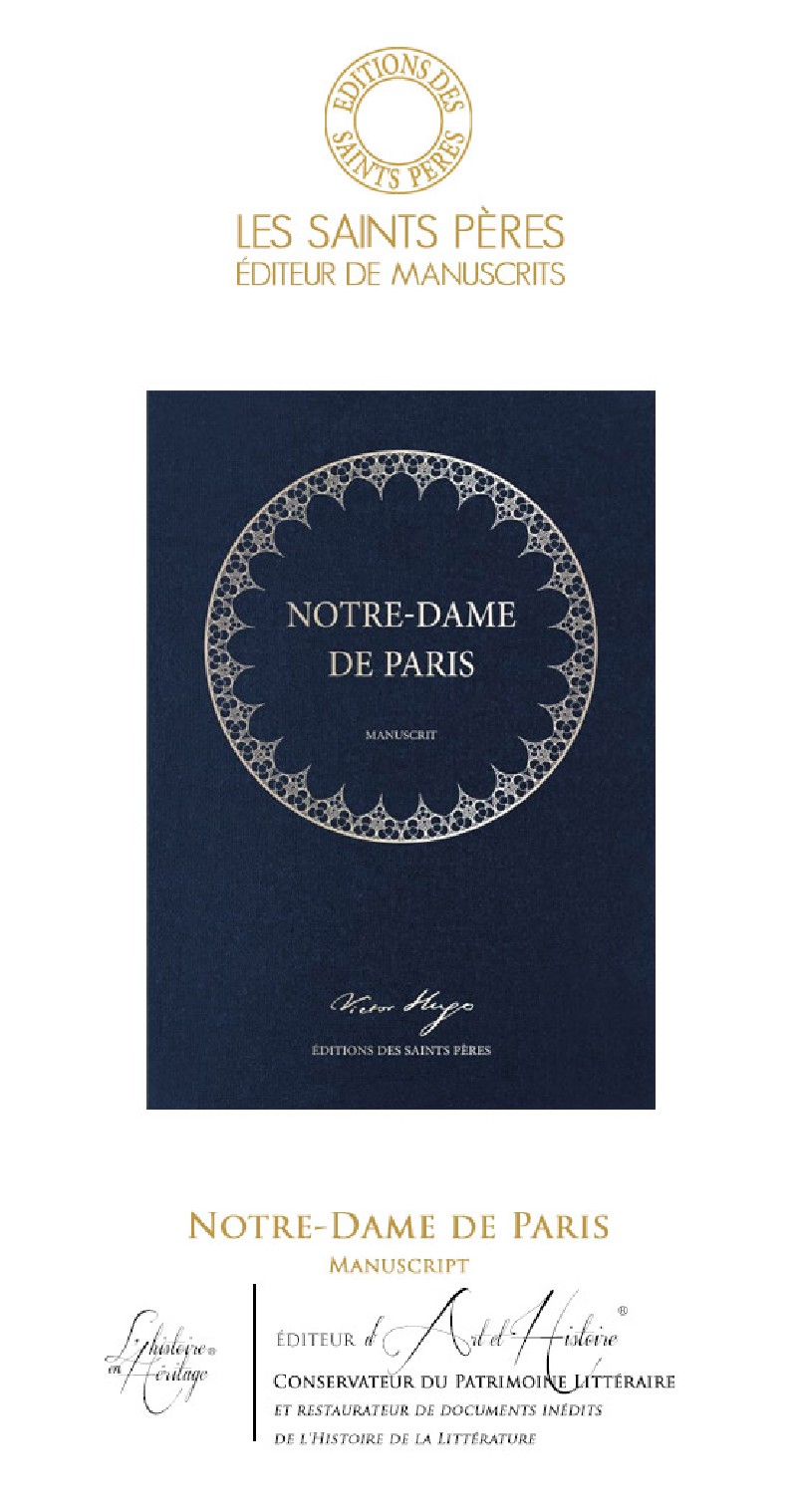Notre Dame de Paris - Manuscript of History
This product is no longer in stock

Original Reproduction
Hand numbered from 1 to 1,000
Paris, Mars 1831
The Hunchback of Notre Dame is one of Victor Hugo's first novels, considered by some to be his first masterpiece.
The facsimile of the original manuscript, preserved at the National Library of France, was published for the first time in its original format by Les Editions des Saintes Pères.


THE BIRTH OF NOTRE-DAME DE PARIS…

A CULT CLASSIC
Notre-Dame de Paris first appeared in March 1831: he had long promised it to his editor, Charles Gosselin, but it took Hugo 3 years to finish his draft, upon which he inscribed 'ANÁIKH' (fatality in Greek), flushed out by the mythical Parisian cathedral.
In the manuscript, Hugo ties his delay to a lost notebook and the political events of the 1830s: 'I wrote the first three or four pages of Notre-Dame de Paris on 25 July 1830. Then the July revolution interrupted my writing [...]. I got back to writing Notre-Dame de Paris on 1 September, and finished the work on 15 January 1831.'
The novel was met with immediate success. In one month’s time, the book had already been re-published 4 times. The text was translated into many languages, and Hugo transformed it into an Opera libretto in 1836. The adventures of Quasimodo, Esmeralda, Phébus and Frollo, would soon be adapted into various musicals, ballets, plays, and films…
VICTOR HUGO’S TREASURED MANUSCRIPTS
Victor Hugo was painstakingly meticulous with his manuscripts. He carefully chose his pen and paper with a preference for large bluish sheets that he would fold in two. He wrote in columns on the right-hand side of his paper, leaving the left-hand margins for additions, modifications, and sketches.
With the exception of a few manuscripts which he gave away friends, Hugo conserved his drafts in a trunk under the watchful eye of his mistress Juliette Drouet who brought them with her between Brussels, Jersey, and Guernesey.
OUR DELUXE EDITION
Presented by Editions des Saints Pères in two volumes, this edition of Victor Hugo’s prized manuscript is punctuated by a selection of drawings and etchings realized for a few illustrated editions of Notre-Dame published during the nineteenth century.
In addition to the complete unabridged manuscript, we have included many of Hugo’s preparatory notes, drawings, and outlines.

Limited Edition – 1,000 hand numbered copies
This edition will be released in two distinct print runs: the first, blue, numbered from 1 to 1,000, and the second, ivory coloured, not numbered.
| Height : | 35 cm |
| Width : | 25 cm |
| Weight : | 5 kg |
| Depth : | 7,5 cm |
| Number of Pages : | 2 x 464 pages |
| Paper : | Fedrigoni Avorio Luxury Paper |
| Cover : | Navy blue |
| Binding : | Black |
| Bookmark : | Black |
| Endpapers : | Pietra |
| Gildings : | Gold/Silver |
| Print : | First print run (only 1,000 copies) |
| Numbered Copy : | Yes |
| Language : | French |
Wishlist
Top sellers
-

Jardin le Nôtre - Eau de Parfum
Reinterpreted Perfume Of History In order to celebrate the fourth...
10,00€ -

Bouquet du Trianon - Eau de Toilette
Reinterpreted Perfume Of History Versailles, 15th of August 1774 Art...
59,00€ -

Orangerie du Roy - Eau de Toilette
reinterpreted Perfumes of History Versailles, September 1rst 1689...
59,00€ -

Rose de France - Perfumed Soap
reinterpreted Scents of History Rose de France plunges us into the...
6,50€
Informations
Manufacturers
Suppliers
Viewed products
-

Notre Dame de Paris - Manuscript of History
Original Reproduction Hand numbered from 1 to 1,000 Paris, Mars 1831 The...







No customer reviews for the moment.